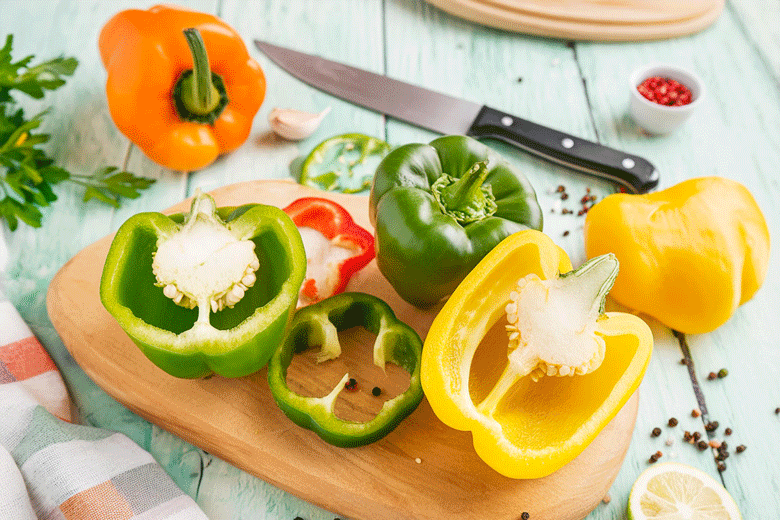 Loaded with goodness
Loaded with goodness
Bell peppers, those vibrant, crunchy orbs of flavour, are a staple in kitchens around the world. From their rainbow of colours to their versatility in dishes, there’s much to celebrate about these delightful vegetables. Loaded with vitamins A and C, bell peppers offer essential nutrients for healthy skin, boosted immunity, and overall well-being. Plus, they’re low in calories, making them a guilt-free addition to any dish.
Whether raw, roasted, grilled, or sautéed, bell peppers add depth and flavour to countless recipes. In Indian cuisine, for example, they are a key ingredient in dishes like Aloo Capsicum (potato and bell pepper curry) or mixed vegetable curry. Their sweet flavour and vibrant colours complement the rich, aromatic spices typical of Indian curries.
In a Thai curry, bell peppers mingle with coconut milk, spices, and tender chicken or tofu, creating a harmonious blend of sweet and savoury flavours. For a taste of France, try Ratatouille. In this classic French dish, bell peppers join forces with eggplant, zucchini, and tomatoes (with just a touch of oregano) in a hearty stew bursting with Mediterranean flavors, transporting your taste buds to the sunny coasts of Provence.

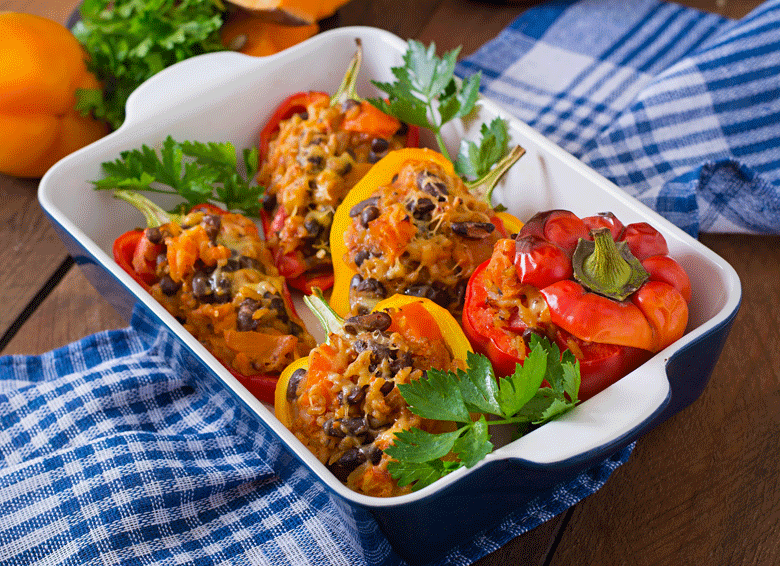
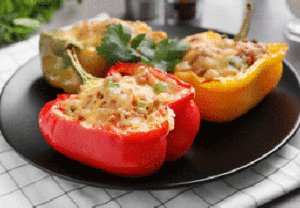
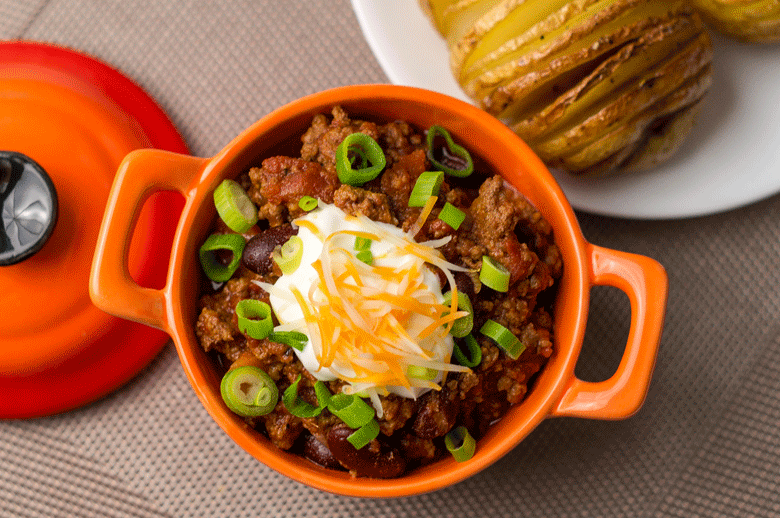 Chilli or Chili ?
Chilli or Chili ?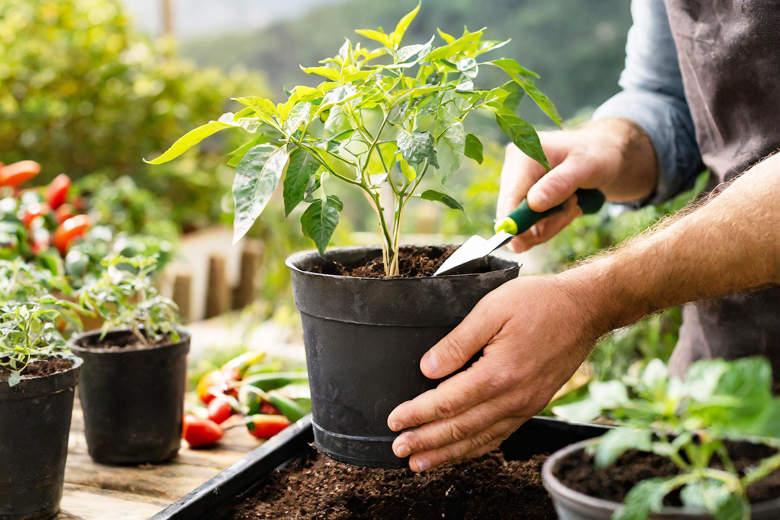 Potting on for success
Potting on for success
 The best soil for growing Chillies
The best soil for growing Chillies plants the best chance to flourish.
plants the best chance to flourish.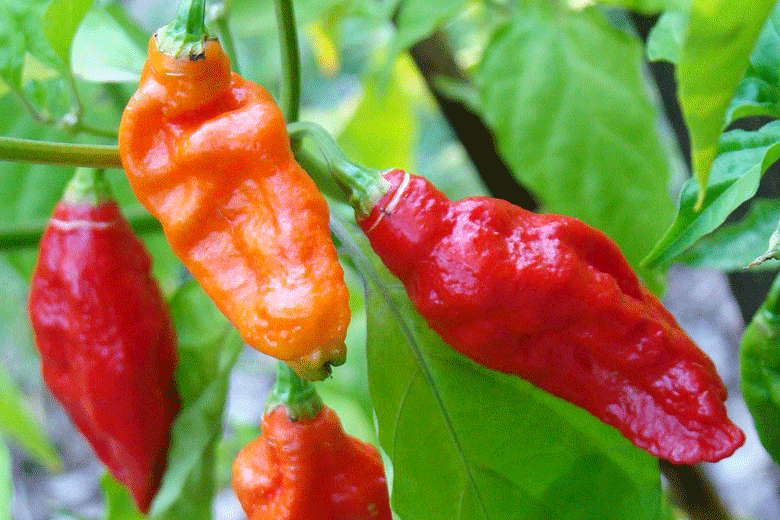
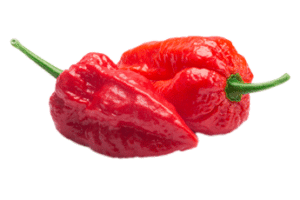 Records
Records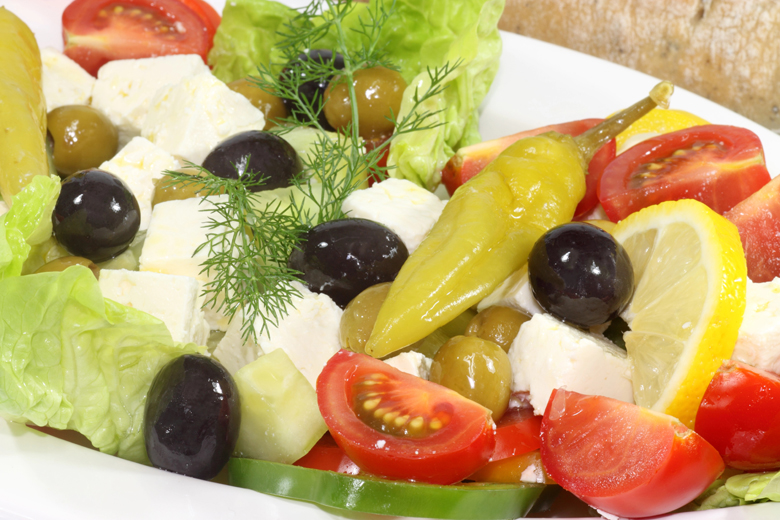
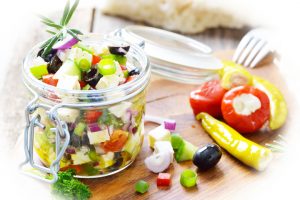 Seasoned with dried oregano and dressed with
Seasoned with dried oregano and dressed with 

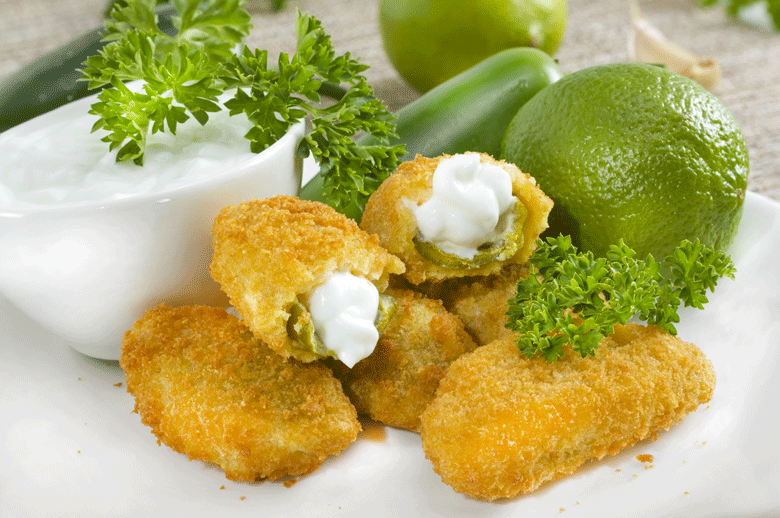 Jalapenos poppers recipes
Jalapenos poppers recipes 